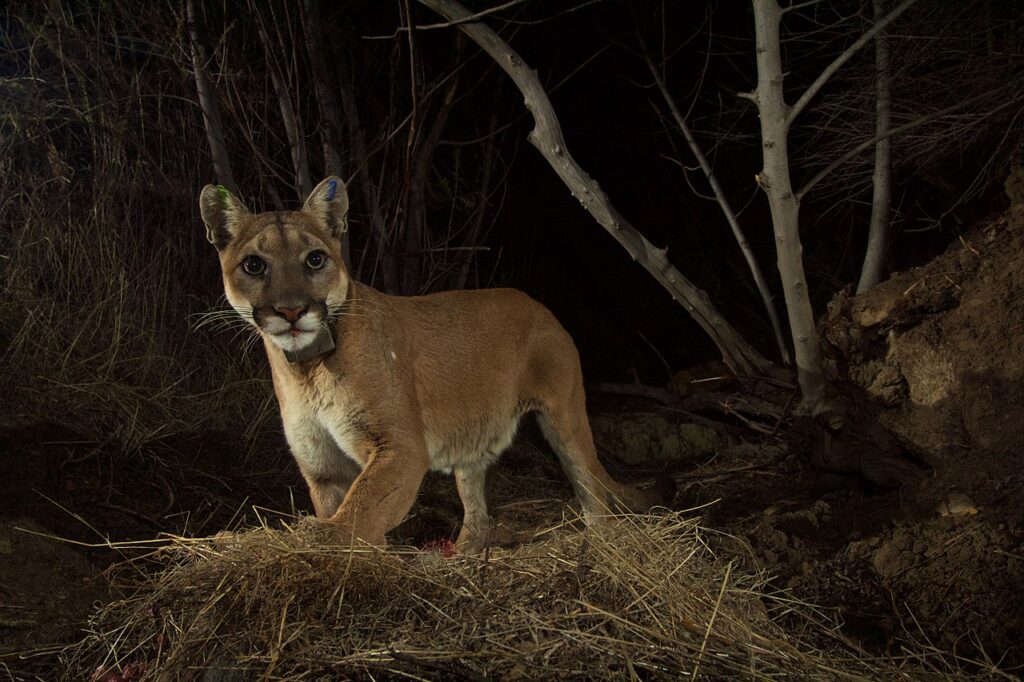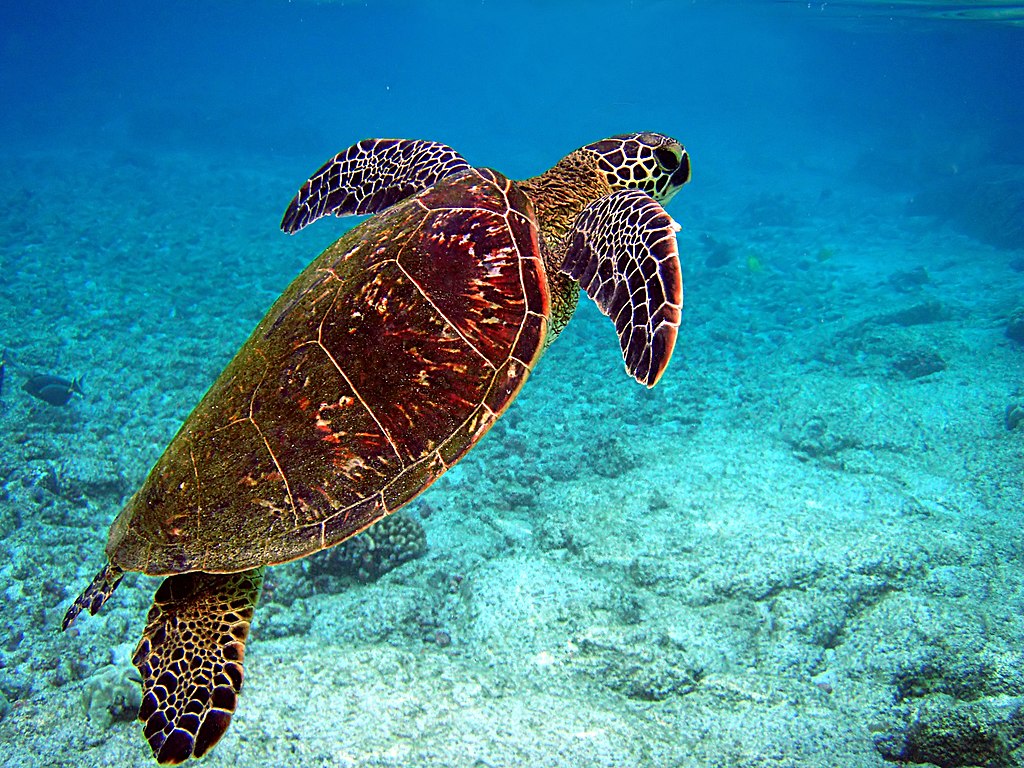Since technology has taken a hold of us, we haven’t been shy in showing it off to the world without any care for how nature might perceive it. It includes the introduction of artificial lighting at night, known as ‘ALAN’ in scientific circles or light pollution in simple terms. With the steady encroachment and urbanisation of natural habitats, we are exposing more animals to artificial light than ever. In the wild, ALAN is capable of causing drastic changes to basic concepts necessary for survival such as daily rhythm, reproduction and hormonal regulations.

Artificial lighting Impacts the Immunity of Wildlife
ALAN is shown to have undesirable effects on the immune systems of animals and humans. In hamsters, it can suppress Cell-mediated immunity which is responsible for fighting against cancer cells, viruses and fungi. For this, wild Siberian hamsters were exposed to dim ALAN for four weeks. These hamsters then had suppressed delayed-type hypersensitivity, reduced bactericidal activity and variations in locomotory patterns.
In rodents, it prevents the production of melatonin which disrupts sleep and increases the rate of tumour cells in the body. Changes in sleeping behaviour alter the biological clock of the animal, leading to insomnia, altered reproductive cycles and less time to heal the body. The length of the circadian clock, if shortened, can cause a reduced survival rate.
Light also affects hormone production and DNA replication. Disruption in hormonal production affects the amount of fat a frog can store for the winter, an important aspect when dealing with nocturnal beings.
Artificial light stresses the bodies of bats, a natural reservoir to a myriad of zoonoses, impairing their endocrine function and genomic homogenisation of viruses such as COVID. Once the sync between the virus and host is disturbed, it can lead to mutations and uncontrolled virus shedding.
How does artificial lighting impact mating behaviour?
Studies have shown that ALAN reduces reproductive fitness by altering the chances of breeding success in animals. Artificial light confuses diurnal songbirds and extends their daytime. Most songbirds tend to breed during summers when days are longer, so they continue to sing their mating calls at night, exposing their locations to nocturnal predators. They may also breed earlier than necessary. The dependence of activity patterns on ALAN was found by conducting an automatic radio-telemetry experiment where five species of wild songbirds were exposed to street lights for a while. Males of four species started singing much earlier at dawn and females started laying eggs 1.5 days earlier than those found in central areas of the forest.
The opposite is seen in nocturnal organisms such as frogs and toads. Glares from lights make the wetlands brighter at night, thus stopping their nightly mating croaks. Without their mating croaks, they are unable to find mates and reproduce.
Artifical Lighting also damages Predator-Prey Relationships

The ecosystem is in a delicate harmony where the predator and prey behaviours match for the food webs to function perfectly. The presence of light disturbs either of their behaviours directly, which in turn causes an imbalance in their populations. Some bats take extra help from lit areas to hunt effortlessly. It reduces the prey population as well as allows them to outcompete those bats that avoid lit areas. Brightly lit areas lead to habitat loss of nocturnal animals and prevent them from rich foraging grounds. It would lead to an unchecked increase in the prey population.
Light attracts nocturnal beings such as frogs, geckos, sea turtles and Leach’s storm petrel, allowing them to be easy targets for their predators. On the other hand, snakes and frogs take longer to emerge from the darkness to feed, as a measure to avoid predators.
It causes mistimed feeding in some nocturnal animals. Rodents are made to take up food during an inactive part of the day, causing glucose intolerance and obesity. It may also reduce reproductive health.
Artificial lighting also Impacts Migration

Artificial light tremendously affects the locomotory actions of rare turtles and birds by disrupting flight activity and migrations. With the shift of human activity to nightlife, the towering night-lit skyscrapers have put birds at risk of collision. This includes the endangered Cerulean Warbler and 450 other species. Migratory birds look to the horizon’s light to reach their destination. Staring at artificial lights can bleach their visual pigments and confuse them enough to circle the source before perishing from exhaustion.
Sea Turtles, being nocturnal on land, prefer to nest in the dark. The female turtle exhausts herself in the journey from the sea to her nesting beach. They are in no condition to protect herself or her brood from predators while she lays her eggs. This stops them from taking the risk and coming ashore. The departure to the ocean after nesting is just as treacherous; the turtle instead of orienting herself towards the moonlight wastes her remaining energy traversing to the light source which could even be car lights on the road. Newly hatched turtles are in a similar fate as they use the same moonlit sky to return to their sea homes.
Written by: Fatima Safeer
Help us Help Them! Think Wildlife Foundation is a non profit organization with various conservation initiatives. Our most prominent campaign is our Caring for Pari intiative. Pari is a rehabilitated elephant at the Wildlife SoS Hospital. 25% of the profits from our store are donated to the elephant hospital for Pari.
References:
- https://www.ncbi.nlm.nih.gov/pmc/articles/PMC4780560/
- https://wec.ifas.ufl.edu/extension/gc/harmony/LightWildlife.htm
- https://www.unep.org/news-and-stories/story/global-light-pollution-affecting-ecosystems-what-can-we-do#:~:text=Turtles%2C%20seabirds%20and%20shorebirds%2C%20and,unable%20to%20find%20the%20ocean.
- https://www.darksky.org/light-pollution/wildlife/
- https://myfwc.com/conservation/you-conserve/lighting/pollution/
- https://royalsocietypublishing.org/doi/abs/10.1098/rsbl.2010.1108
- https://www.sciencedirect.com/science/article/pii/S0960982210010183
- https://www.pnas.org/doi/abs/10.1073/pnas.1008734107
- https://www.frontiersin.org/articles/10.3389/fendo.2020.00622/full
